Marc Koninckx about “Rock On 2”
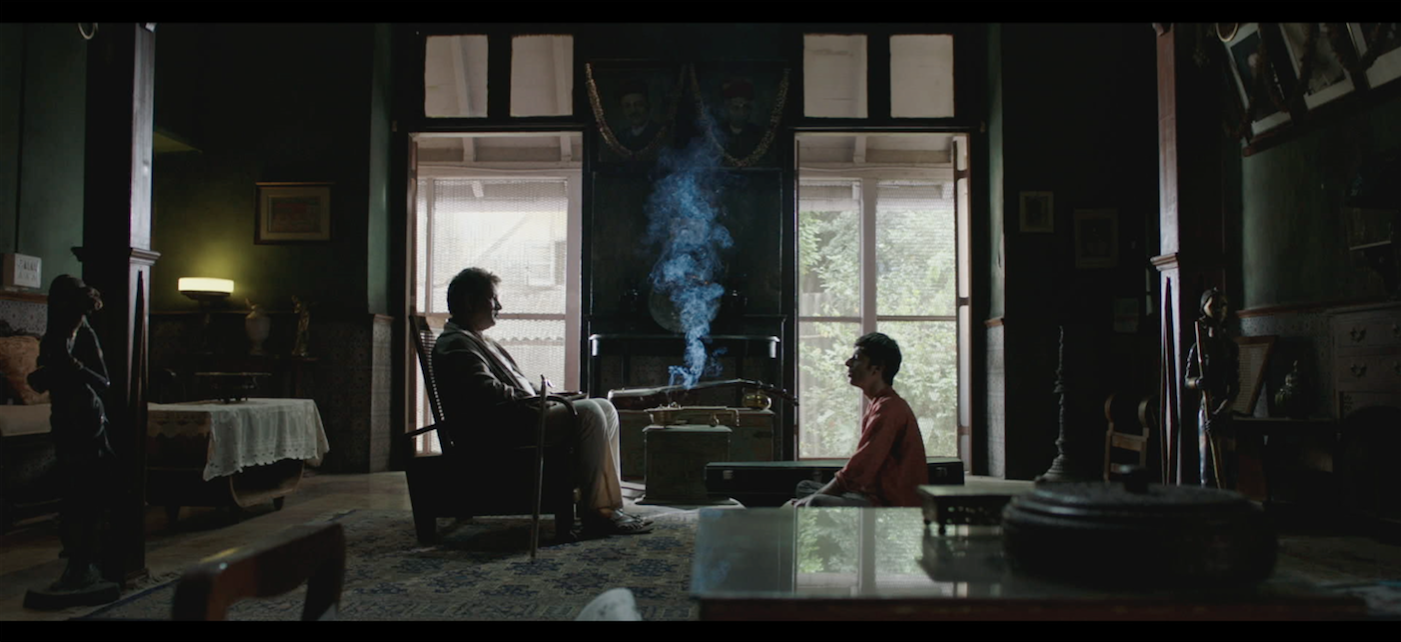
For the release of Rock On 2 by Shujaat Saudagar, we enjoyed asking a few questions to Marc Koninckx, famous director of photography and SBC /AFC member.
I have seen you have worked a lot as a steadicam operator ?
MK : In fact, at first I did a lot of commercials as DOP in Belgium. Then I wanted to expand my horizons. I met the inventor of the steadicam, Garrett Brown, who initiated me to this fantastic device. I was lucky enough to train on a steadicam that belonged to a Dutch rental company (Holland Equipment). I trained for months and then I started using it on films in Holland, England, USA … on big productions all over the world. I had several hats on: I did a lot of operating as second camera in the States, DOP in Belgium and steadicam operator all over the world. Then, little by little I became A camera operator and finally DOP on full-length movies.
I suppose you worked a lot in America ?
MK : Everywhere. I worked a lot in England too. Then I moved to Barcelona because at that time Americans were shooting a lot in Spain, it was cheaper. Now it’s rather in Morocco or in the eastern european countries.
Back in NYC, I had just finished The Jewel of the Nile with Michael Douglas who was friends with Louis Malle. Malle was prepping Au revoir les enfants. Douglas recommended me and finally I spent twenty-five years in France working with Malle, Polanski, Blier, Jeunet, Berri, Chéreau, Goude, Mondino etc… My meeting with DOP Philippe Rousselot marked a turn in my professional life. It was a unique experiment. When I framed I could see paintings. I was impressed by the simplicity and the beauty of his lighting. It gave me the strength to fully jump into photography (even tough I continued operating, I was never able to let go off the camera). I did more adventurous films, on smaller budgets in Africa, in Asia etc. I loved every aspect of it. It was new for me, but it was more interesting than to stay in things I already knew from my past as a camera operator. I was lucky enough to work on films that were noticed for their subject. For instance I did a movie on child soldiers, Johnny Mad Dog, that was well received in Cannes where it won the “Un certain regard” award. The advantage today is that with internet everybody can see your work : directors, producers etc. That’s also one of reasons we are working all over the world.
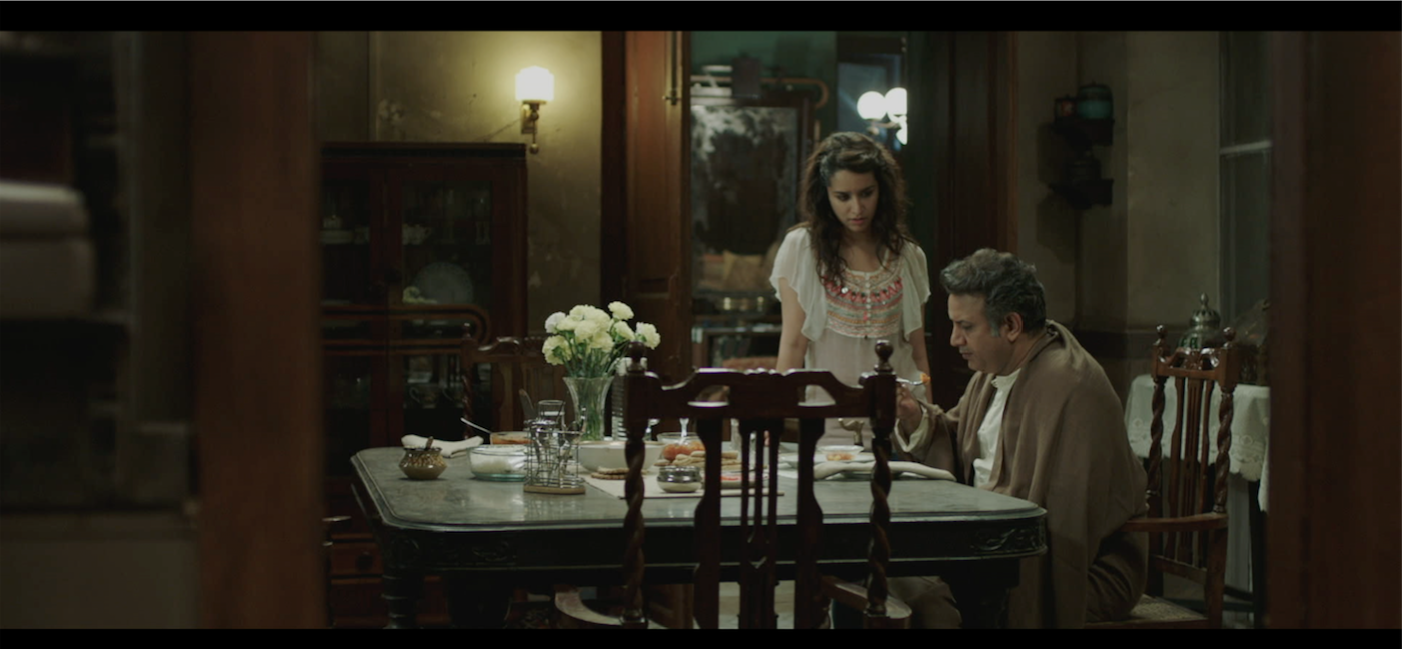
So let’s talk about that, How did you come to work on this Indian project ?
MK : The director, Shujaat Saudagar, had seen Maryaan, a Tamil (South India) film that I photographed and some other movies that I shot. He thought my style could be interesting for his film and called me.
You were perfect strangers ?
MK : Yes. It was my first hindi film.
You didn’t know the director and nor did you know very well India , isn’t it risky?
MK : The director insisted. He wanted a DOP that had a fresh look on India and a camera that was close to the actors. I like handheld cameras (in fact 70% of the film was shot using a Stab One). For the director my style and my experience on movies in Africa were interesting. The producers were confidant because I was nominated as a best cinematographer for my first indian film Maryaan. Even though it’s no guarantee. (Laughter)
At first the actors were surprised by my way of shooting because they are more used to shoot with two or three cameras, zoom and long lenses, seated operators etc. I was very close to their faces with the Stab One which disturbed them at first, but afterwards it was wonderful, they were more free in their acting and we created something like a ballet.
So you met with the director in India ?
MK : Yes. When a director wants a DOP he doesn’t know, he invites him for a few days to discuss and see if they are on the same page. And it was a match.
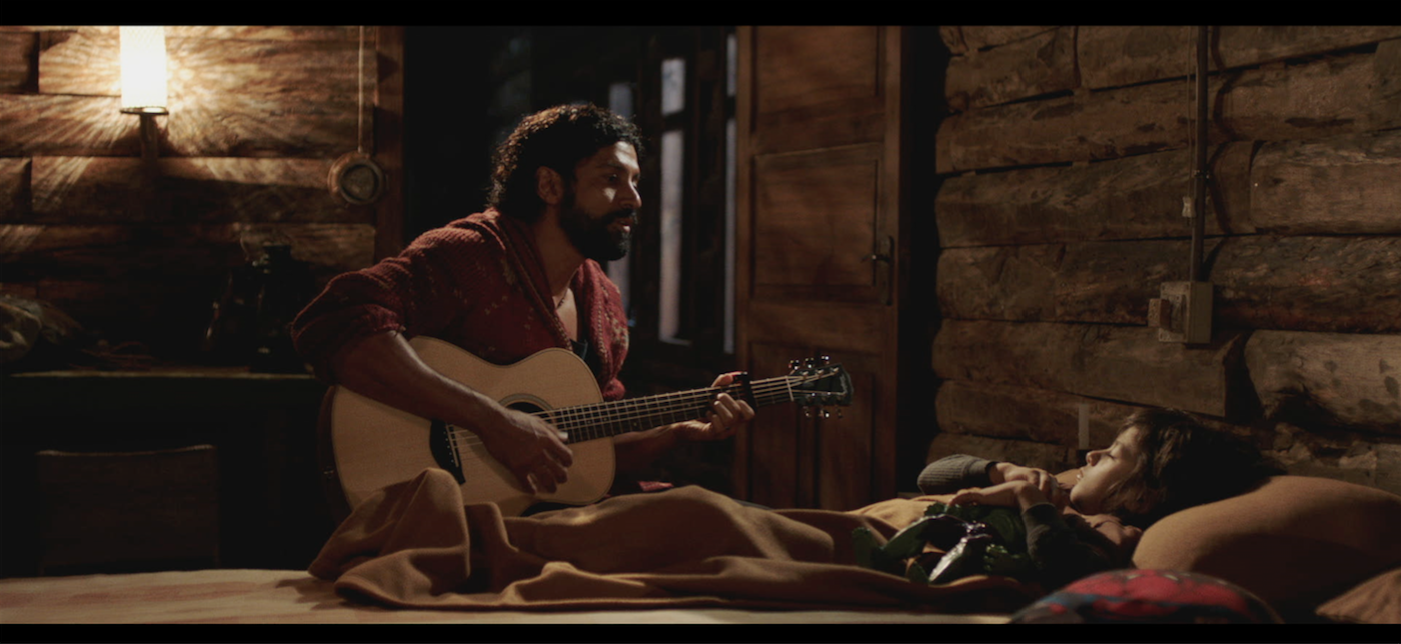
What is the film about ?
MK : You can’t say it’s a Bollywood film, with dancing etc. But it’s true they like music. It’s in their life and culture.
This movie is the second part of Rock On, a film they shot in 2008 on a rockband and which was a very big hit. At first it was more a teenage movie, but afterwards it became a cult movie in India.
Rock on 2 is more of an independant film. It takes place 8 years later. All the characters are about forty years old. Their lives have changed, they question themselves a lot. It is more emotional and more universal in its questions.
The main character, the band’s singer, became a farmer and he is battling with politics and corporations to maintain his organic cultures. I won’t tell the whole story, but at some point, everything he owns burns and there is nothing left, his workers are on the street. So he decides to make benefit concert and calls his old rockband friends. There are many plots around it : romantic, work matters, but in the end this movie is about life, about the choices a person has to make.
I have seen the release was set for November 11th in different places all over the world…
MK : Yes, it’s fabulous. In India, there is one billion two hundred millions of people who might see the film. Then you have Malaysia, Japan, China, LA, Antwerpen, Paris etc because there are a lot of Indian everywhere around the world.
You said that you were still shooting extra scenes, 1 week before the release. Is this a normal procedure in India?
MK: It happens a lot. It’s a huge business and directors and producers are adapting and changing things till the last second. They never stop till they are absolutely happy with the result. It’s quiet amazing the energy they put in a project.
What I also like about Indian films, is that most of the time they keep a part of entertainment in there stories, like in the films from the 50s. I don’t always agreed with the style, the dances etc, but they know what their audience expects : they don’t want to see all the time misery and misfortune, many in the the audience are already living that every day, they want to be entertained. India is the biggest film producer in the world, they have a huge cinematic culture, they have very good technicians, they have a lot of equipment and enormous studios, like the ones in LA. What I found particularly interesting is that the new generation of directors can mix content and entertainment.
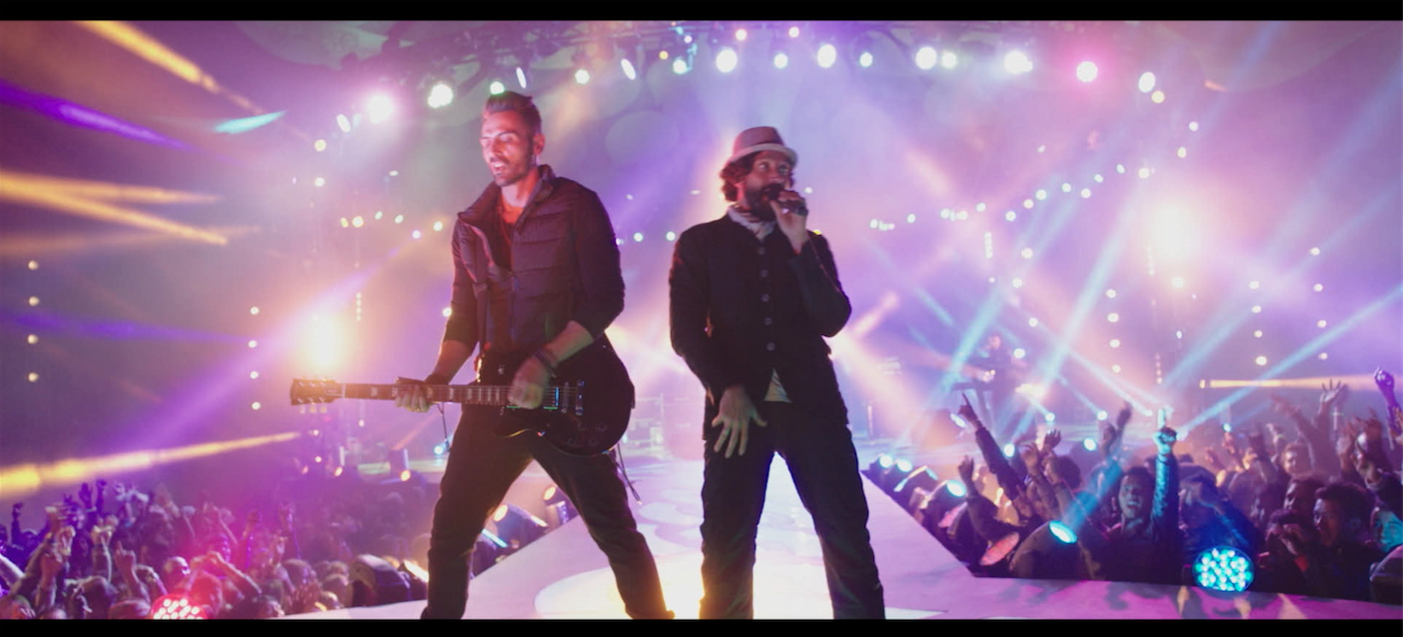
How long was the shoot ?
MK : It was epic. I went there for the first time in June of last year, in 2015 and that September we started searching for locations. I just finished a week ago ! In 2016. It lasted almost one year and a half !
It’s very long. Did you have some breaks ?
MK : Yes. but not that much. I think we shot for 90 days. They prep a lot, some times too much. The most important is not to forget the content of the story, it can happen that you lose sight of what you wanted to do in the beginning.
It’s unbelievable. I think you’re the first DOP I interviewed that tells me that. In Europe, the trend is more about reducing costs and compressing duration of shooting and prep…
MK : There it’s the opposite. But these are the Indian cinema customs. What I really enjoyed there, is that the DOP is truly respected. The heads of departments are respected and so the team is too. The DOP is free to decide what he wants to do, there is no question about that. Unless it’s out of budget, but even then there is a debate, which is normal, and that’s it.
It’s quite different from Europe.
MK : Yes. It’s true. I felt like I was shooting in the early days of cinema, in D.W.Griffith’s time : when the director and the DOP would work without artistical compromises. My experience on this film was also that I could work as before when we were shooting on 35 mm film. The DOP was the only one who knew how to make the images. There was absolute confidence in his art and craft. Since digital cameras came up, everybody can see straight away the images and comment them. From producers to trainees. Nowadays you need to argue more to get the right things done.
In India, they asked me when I wanted to shoot, I mean at what time ! (Laughter). I answered : “What is the schedule and what did you plan. For example shooting at midday: they usually avoid that moment and the initial planning included a long midday break. They found it difficult to shoot with the sun very high but I like Zenith light. I love the way light bounces on the faces, with a polar frame I find it wonderful. We changed the planning, also gaining a few shooting hours. But they were quite surprised (Laughter). I must admit that it’s very hot at these hours, so it’s not easy for the actors.
Another adaptation was with air conditioning. Whenever you enter in a studio, it’s 18° and you are freezing. Since Shujaat and I wanted a more “organic” feeling, I systematically asked that they turned it of. I wanted their skin to live, to shine etc. It was a bit harsh for the team and the make up department but they accepted it.
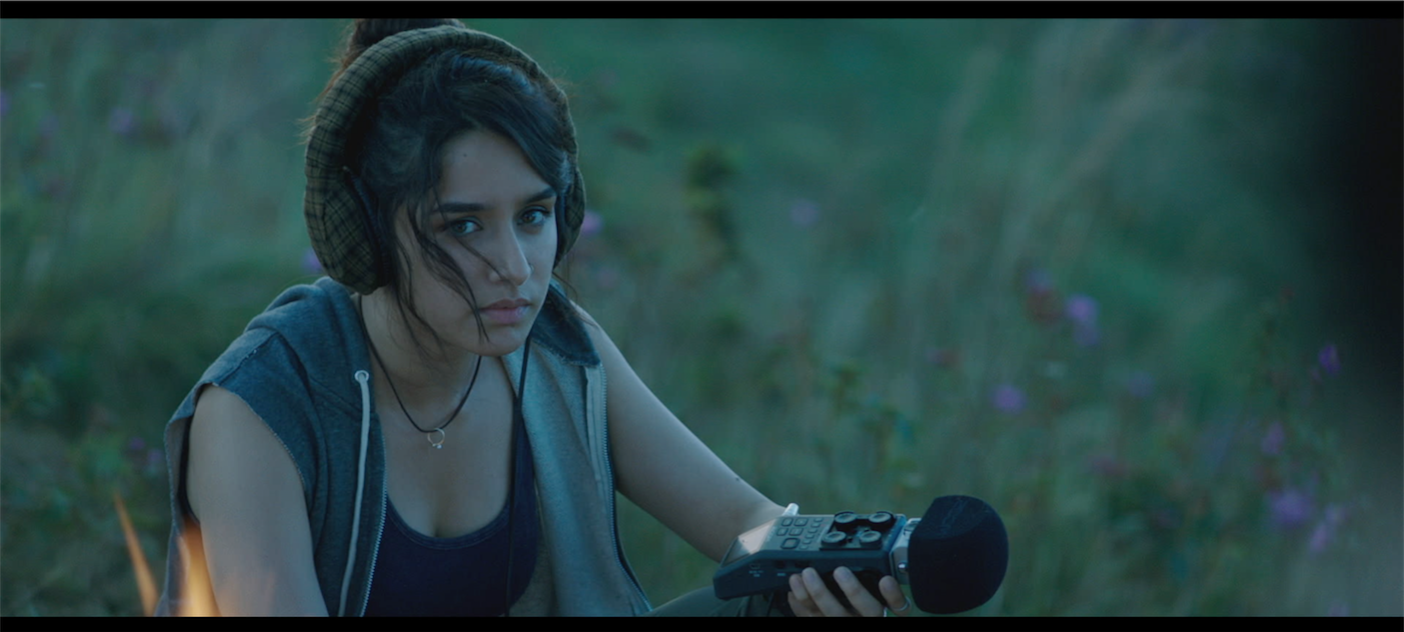
What can you tell me about your artistic approach of the project ?
MK : We wanted to be very natural and instinctive in the framing. It’s kind of my thing.
We had two distinct looks : Bombay, polluted, depressing, so I chose a contrasted image, as opposed to Shillong, close to the Bangladesh frontier, in the mountains, with fresh air, surrounded by nature.
I like to work with color. I prefer to add color to the light rather than in the sets or the costumes. I don’t like the other way around, I find it too distracting. Depending on the scenes, I would change the color : more blue, more green, etc.
Anyway, there were no discussions on this matter, they followed me.
I have my own style but my approaches are different for every film. It depends on the story and what is in front of the camera. Shooting in far of places is exciting and it sets my imagination way high.
But the director didn’t have any specific references ?
MK : Yes, he had : the previous films I did. (Laughter). He would say he liked what I had done in specific scenes and then we would watch some others images or paintings in the same tones or way to narrow down our choices. But it’s only references, then you have to interpret the film and do with what you have. And then there are the things you imagined, but that don’t work on set : the actor, the weather, the contrast that aren’t exactly as you had wished, so you have to adapt and not get attached to a preconception that you can’t achieve. Anyway, for me, the best reference is life and real situations.
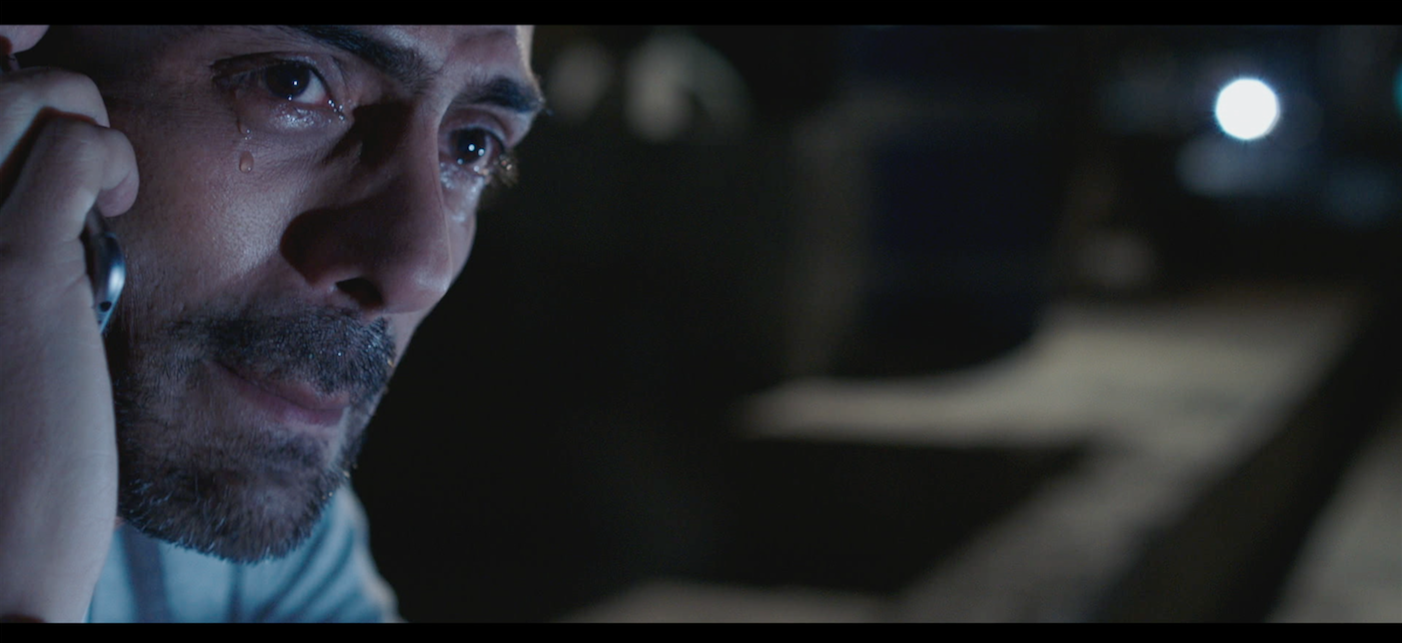
Before you said something about color. Do you use filters on the camera or on the lights ?
MK : I like very much giving a tone directly in camera. I also wanted to take into account their culture. They are very fond of color. So I also mixed the colours of the sources. Which is against my Flemish nature. Flemish painting is very beautiful, but not very cheerful. (Laughter). It pushes me to try new things. And it’s true : there is a good in between in having time to prep, to think about what your are doing, to do new experiments and not get trapped into overthinking it…
… because you have to keep the energy of the scene too.
MK : Indeed.
What camera did you use ?
MK : I had two Alexa mini. One to use on shoulder, dolly, legs etc and the second one was always ready on the Stab One. I would jump from one to the other all the time. For the concert scene, we used seven Alexa on dolly, steadicam, crane, drone and Stab.
What about the lenses ?
MK : Until now, I shoot almost every time with Ultra Prime and Master Prime lenses. I am used to these lenses. I only use fixed focal length. I’m not very fond of zoom lenses. But for the concert, I also took Primo, Angenieux etc, but I found it less interesting. I like the Ultra Primes because they are not too heavy, which is very helpful when you are shooting on a Stab One, and I found their flares more interesting than the ones produced by the Master Primes which are more finite optically. I shot some scenes with Cooke lenses also, but I prefer the Ultra. In fact, for me, it doesn’t mean anything. I have seen movies shot in Master Primes that are gorgeous and others that are lame. It depends on what you are shooting, how are the actors and how is the light. It’s not because you use that material that the movie will be beautiful, it has nothing to do with it. You can create emotion and atmosphere with every lenses. Optics in my opinion can give a bit more, but it’s the DOP’s visual concept that will make the images interesting or not. But of course and this is the most important, it all starts with the script and the talent of your director…
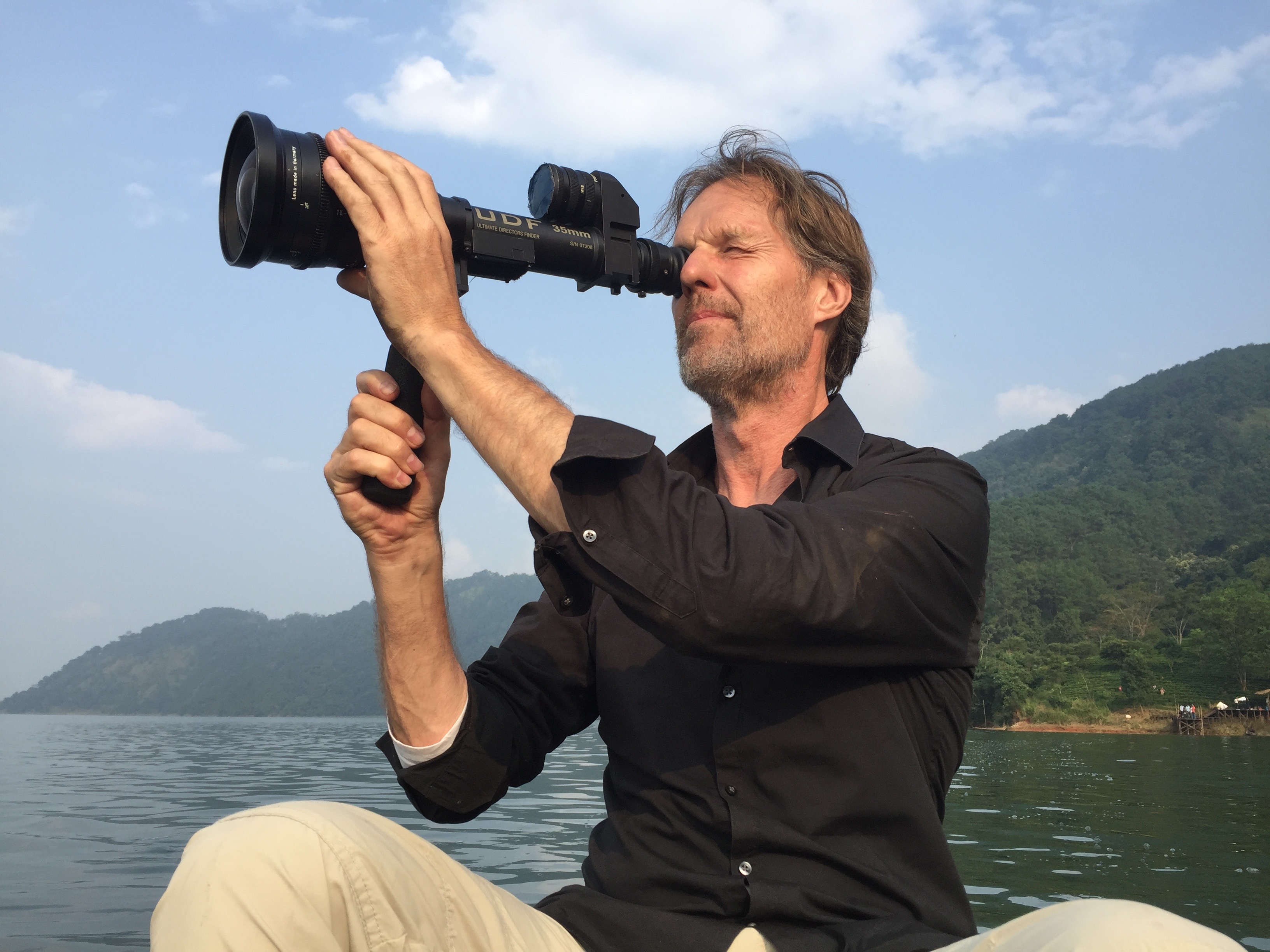
Regarding the lighting, do you have favorite sources ?
MK : Not really. Since we shot a lot of different things in Bombay, in the mountains, during the concert, I used everything they had : HMIs, Dino Lights, LEDs, concert lights, everything. I love Chinese lanterns, but also LEDs. Even more so now that they are in DMX. You can change by HF (ipad) the color, the density during the last rehearsal without putting a scale in the center of the action, among actors etc. I also love mixing non professional and non corrected lights. Today it’s great because you have cameras that can shoot in very low sensitivity. You don’t need to use huge sources. You can shoot with real lights and most of all, use real life as reference. I like to shoot with a stop of 2,5 with small lights and a reflector to increase the level only where it is necessary.
You had to have a good focus puller then.
MK : Yes, he is one of the best in India, Monic Gandhi. We know each other well because we did Maryaan together. In order to do this kind of films, you need focus pullers that have some experience. Today, you can step up quite easily from second to first assistant, from first to camera operator, from camera operator to DOP. So you have less accumulated experience and you learn less from the older generation, the camera operators and DOPs…
How about your collaboration with the other departments and with the technicians ? I am guessing everyone speaks English ?
MK : Yes indeed, most of the people are bilingual. Since the Indian industry produces 1200 films per year there are very professional. On this movie we had a team of 300. For each camera case, there was an assistant in charge of it. My camera crew counted ten people. When I said to my 1st camera assistant : “Let’s put the 40mm”, you needed to wait five minutes for it to pass through five different hands, It was like kind of bush telegraph. (Laughter). But I had no problem with that, because I think it’s nice they keep the little jobs. Here, there are no more. We have interns to replace professionals, minimum wages over regular wages etc. It’s very strict. There, everyone can work. Maybe with a small wage, but at least more people can work and can feed their family.
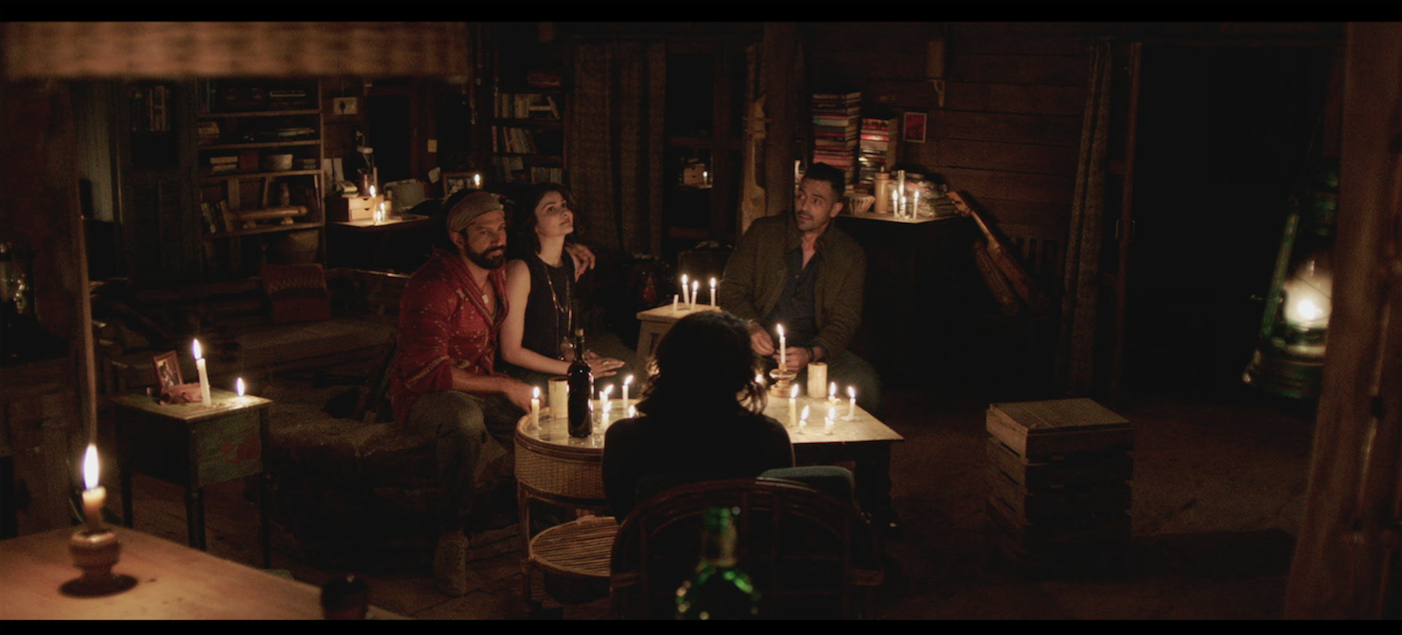
How did the work with the actors go ?
MK : It’s not always easy. They have a very powerful star-system. The only problem is almost all have a flaw that I have never seen anywhere else : you must fight to get a second take ! They are convinced that whatever they are doing, it’s perfect and that we can move on. It’s very difficult to handle this matter delicately.
It’s funny, it really is the opposite of Europe where I find that we often do too many takes.
MK : (Laughter) Indeed. There if you do more than two takes, it’s unbelievable. But it went fine because they thought I was a bit crazy, with my Stab One and everything, so in the end they played along.
Do you know what was the budget of the film?
MK: I think about 12 million $.
That is a large budget for an Indian film as I suppose the labor is cheap there, is it not?
MK : Yes indeed. But the actors are very expensive.
And do you know how much the image represented ? Did you use any specific, expensive or rare equipment ?
MK : Yes we did a lot of vfx shots. They are really well equipped to handle this, as they shoot a lot of action films, -they are very fond of action films-, and they are really good at it. We did a scene in which the mountain catches fire, shot with the actors in studio and they were so good. They used some ramps and green screens behind it, I could not believe how well done they finished the vfx. And they don’t question it, as we do, as soon as you have problem with a car that bothers us in a wide shot, or if you want to go wider and the lights become visible in the shot, they always respond « no problem we will take them out in post ». They are unbelievable. But at the same time they have these huge crews to do it. I have visited several post houses there, and they have 200 people working there, it’s nuts ! A lot of american productions go there to have their vfx done.
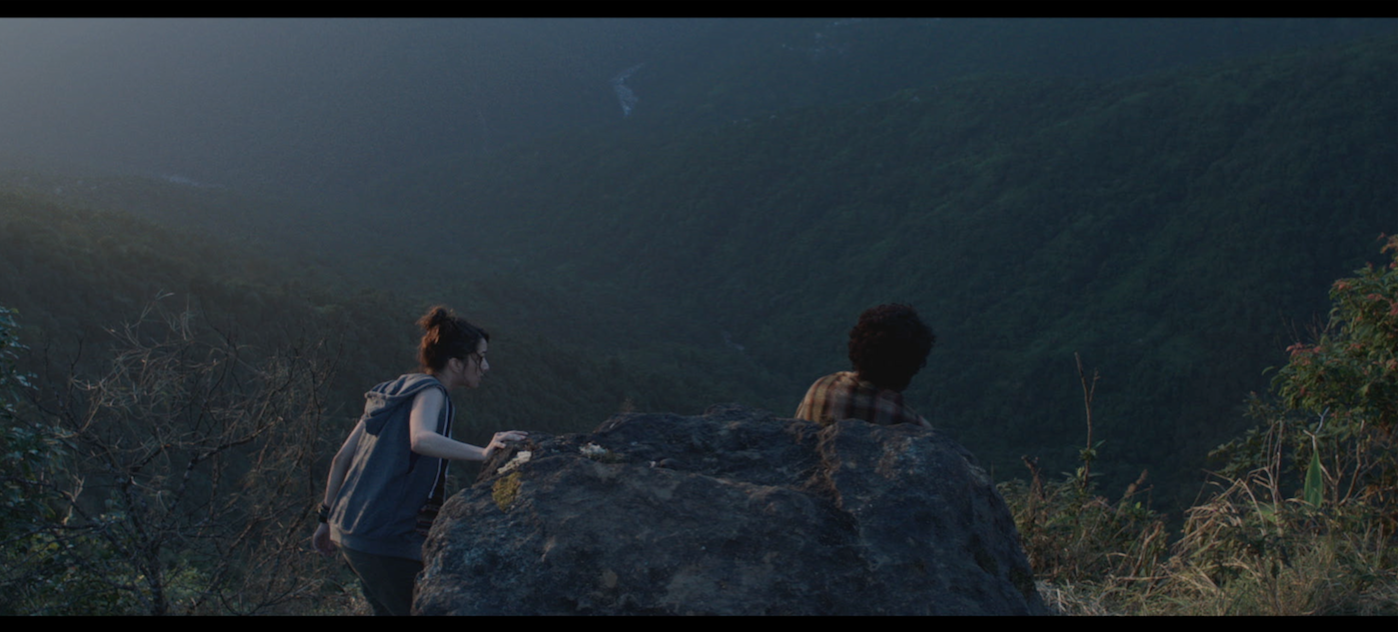
And how did the post production go?
MK: Very well, I worked with the same grader, Rob Lang, as on Maryaan. The post took about two months between the grading and the vfx. But as we reshot some scenes in the meantime, it’s a bit difficult to say how much of it I was in grading, I think about four weeks.
And on set you used LUTs?
MK: Yes we did. I had an incredible DIT Viki Vivek, who had studied engineering and was passionate about cinema. He was very knowledgeable and had all the tools. He would make me a LUT on the fly. And he would make edits of the more daring scenes, whenever we did not know wether they would work or not. So when we weren’t sure, we could watch the result and reshoot if needed. I found that to be very exciting and reassuring.
What do you think of the result ?
MK: During the grading (and already during the shoot) I found the actors’ performances very powerful. As I was called away on another shoot, so I couldn’t go to the premiere but I will see the film in a few days. One year and a half on a movie, it’s huge, but I enjoyed every moment of it.
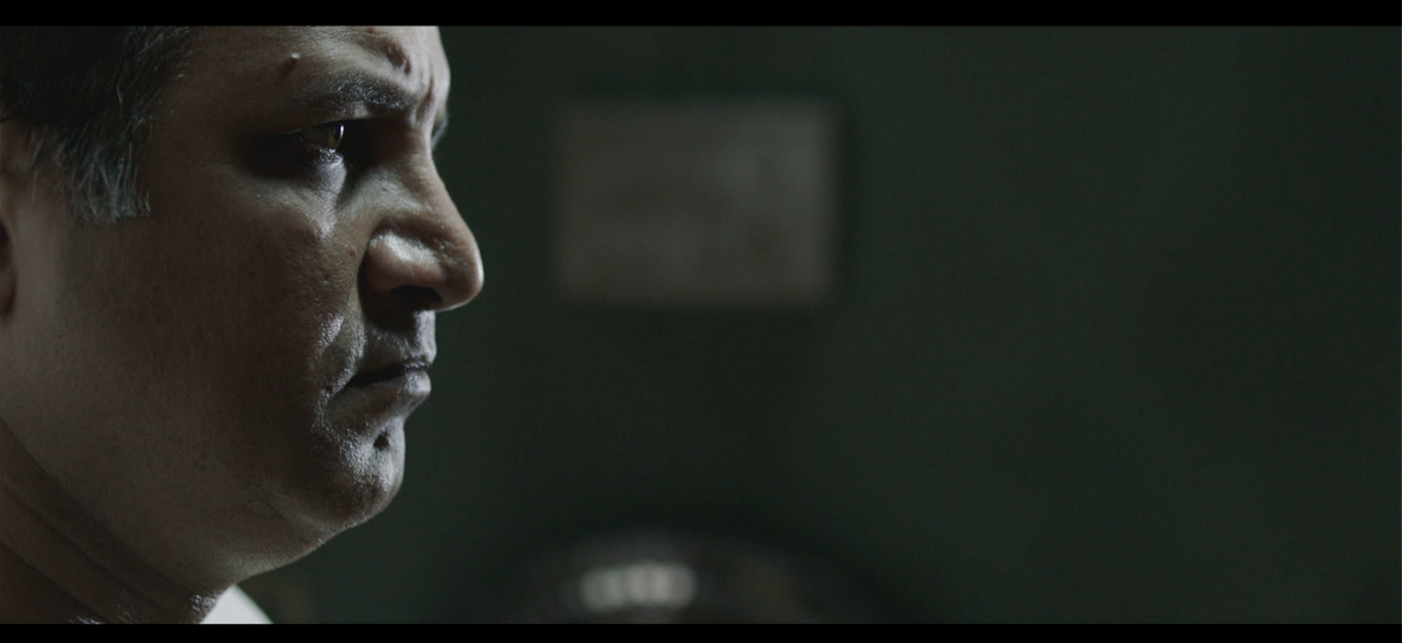
Producer : Fahran Akhtar & Ritesh Sidhwani (Excell Entertainment)
Associate Producer: Vikesh Buthani
Director : Shujaat Saudagar
Actors: Fahran Akhtar, Arjun Rampal, Shraddha Kapoor, Purab Kohli
1st ass directors : Devrath Sagar, Raj Acha , Lakshhmipriya
1st ass cam & additional cinematographer: Monic Gandhi
DIT: Viki Vivek
Colorist: Rob Lang
Gaffer: Kamlesh Sandrini
Key-grip: Ninad Nayampally
Camera rental: Prime Focus
Cameras : Mini-Alexa’s & XT Alexa’s
